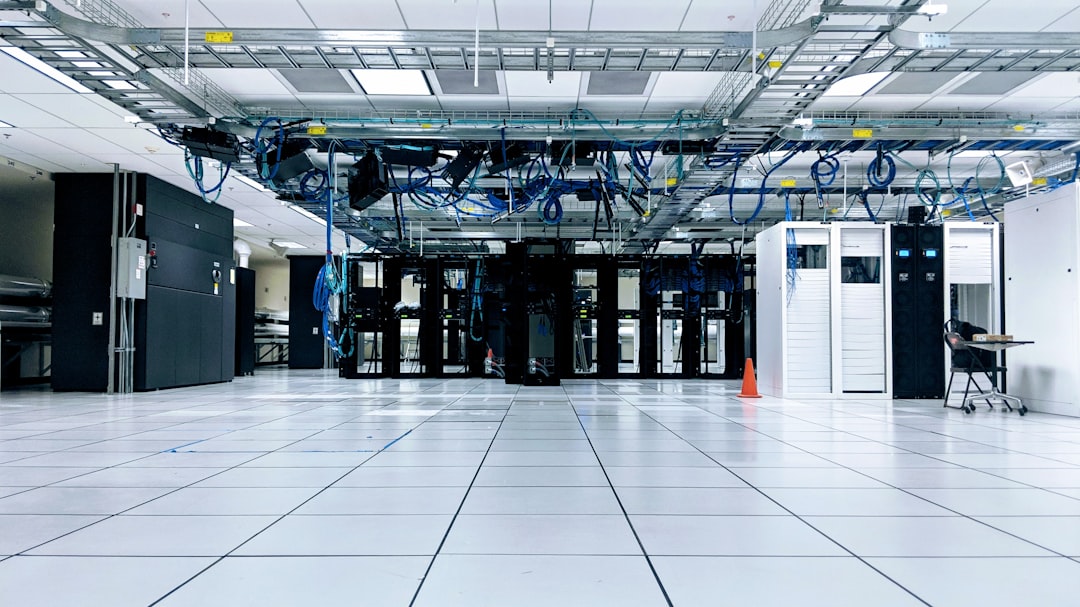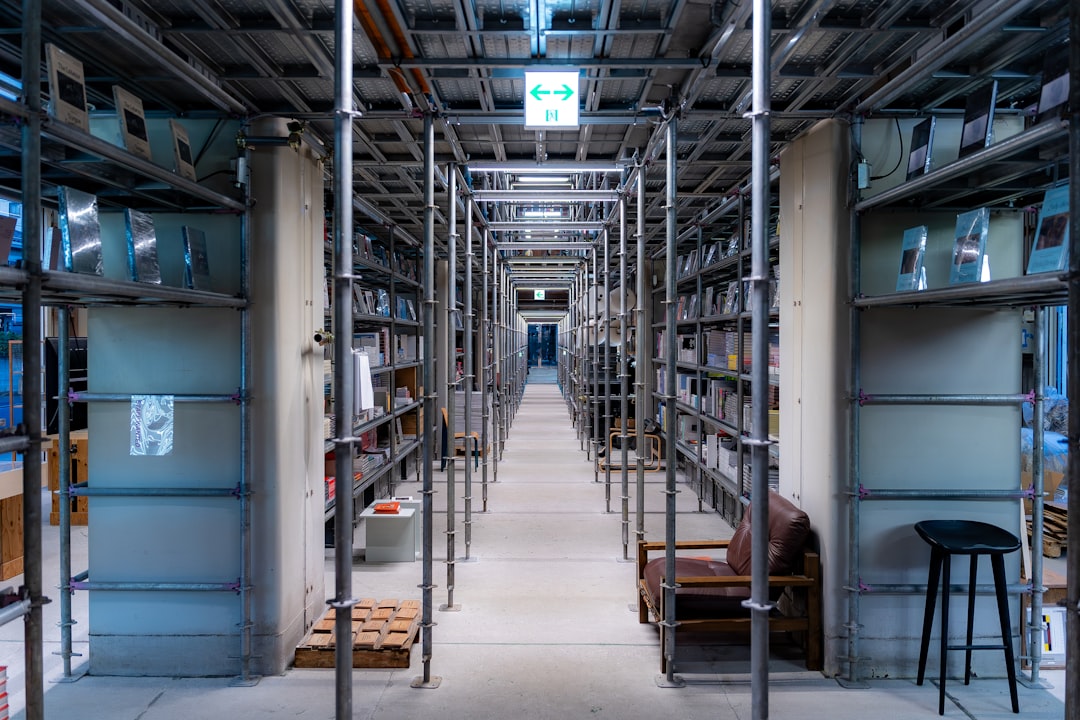Have you ever wondered what all those letters mean when buying a phone or a computer? GB? TB? PB?! Don’t worry, you’re not alone. These letters represent digital memory sizes, and we’re going to break them down in the simplest way possible.
By the end of this article, you’ll understand what these sizes mean and how they relate to each other. We’ll use fun comparisons and super simple examples. Let’s dive in!
What Is Digital Memory?
Digital memory describes how much information a device can store. It’s where all your photos, videos, apps, and games live. The more memory you have, the more stuff you can keep!
Think of your memory like a closet. A bigger closet means more space for shoes, clothes, and gadgets. In computers and phones, instead of clothes, you store files, programs, and data.
Starting Small: What is a Byte?
Let’s start at the very beginning. The smallest unit of digital memory is called a byte.
- 1 Byte: About the size of one letter in a text file.
- 10 Bytes: A short word or email greeting.
But we rarely talk about just one byte. Devices store way more than that, so we use bigger units. Let’s climb up the size chain!
Let’s Meet the Big Three: GB, TB, and PB
As we go up in size, the numbers get big fast. Here’s a simple list to help you see how they relate:
- 1 Kilobyte (KB) = 1,000 Bytes
- 1 Megabyte (MB) = 1,000 KB
- 1 Gigabyte (GB) = 1,000 MB
- 1 Terabyte (TB) = 1,000 GB
- 1 Petabyte (PB) = 1,000 TB
Okay, that’s a lot of letters. Let’s make it easier with real-world examples.
What Can Fit in a GB?
1 GB is a lot more than you think. Here’s what you can store in just 1 gigabyte:
- About 250 songs (MP3s)
- Roughly 500 eBooks
- 1 hour of standard-quality video
Your phone might have 64GB, 128GB, or even more. That means tons of room for your selfies, dog videos, and favorite Netflix downloads.
Moving Up: The Terabyte
Now we’re getting into serious space. 1 Terabyte (TB) is equal to 1,000 GB. That’s huge. Here’s what fits in a terabyte:
- 250,000 photos
- 500 hours of HD video
- 6.5 million document pages
If GB is like a bookshelf, TB is like a whole library. External hard drives often have 1 to 2 TB. That’s the kind of memory size that gamers and video editors love!
Enter the Giant: The Petabyte
Hold on to your keyboard! 1 Petabyte (PB) is equal to 1,000 TB or 1,000,000 GB. That’s hard to wrap your head around, so let’s break it down:
- 13.3 years of HD video content
- Over 200,000 movies
- Millions of hours of music
Most people don’t use PBs in their homes. Instead, companies like Google, Facebook, and Netflix need this kind of space to store billions of photos, videos, and user data.

Why Do Devices Have Different Sizes?
Memory size depends on what you use your device for. Here’s a quick guide:
- 8–32 GB: Budget phones or devices for simple tasks
- 64–256 GB: Most modern smartphones
- 512 GB–1 TB: High-end laptops and game consoles
- 2 TB–10 TB: External storage drives for professionals
If you only browse the web and text friends, a little memory is fine. If you create 4K films or play epic video games? You’ll want lots more.
What’s the Catch? Usable vs. Total Space
You buy a 128GB phone, but it shows you have only 110GB available. Why?
Good question. Some memory is used by the system for things like:
- The operating system (like iOS or Android)
- Pre-installed apps
- File management systems
So, always remember, you won’t get all the memory listed on the box. Still, there’s usually plenty of room for what you need.
Fun Memory Comparisons
Here are some fun ways to picture memory sizes:
- 1 GB = About the size of a pickup truck filled with books
- 1 TB = A warehouse full of books
- 1 PB = A small city library system
Wild, right? That’s how fast our world is growing in data. More pics, more videos, more memes — we need more memory each year!

Quick Recap
Still with us? Great! Here’s a handy summary:
- Gigabyte (GB): Good for phones, music, and some videos
- Terabyte (TB): Great for gaming, full HD movie libraries, or backups
- Petabyte (PB): Used by big companies with massive storage needs
Why Should You Care?
Understanding memory sizes helps you:
- Pick the right phone or computer
- Avoid buying more storage than you need
- Know when to upgrade or back up your files
Plus, it’s just kinda cool to know what 1 PB really means!
The Future of Digital Storage
Technology is always moving forward. Soon we’ll talk about exabytes and zettabytes the way we talk about gigabytes now. We’re producing more data every day — from smart fridges to satellites!
Who knows, maybe one day you’ll own a device with a whole petabyte of storage. Imagine the vacation photos you could save!
Final Thoughts
Digital memory is like invisible storage shelves for everything you love. Whether it’s your baby photos, Spotify playlists, or preserved game saves — all of it fits into this magical space.
Now that you know what GB, TB, and PB mean, you can navigate tech purchases like a pro. Next time someone drops a big acronym, you’ll know exactly what they’re talking about.
Go ahead, impress your friends. “Did you know 1 PB is a million GB?” You’ll be the smartest person in the room. And hey, maybe next time you upgrade your phone, you’ll know exactly how much memory to choose.
Happy storing!











